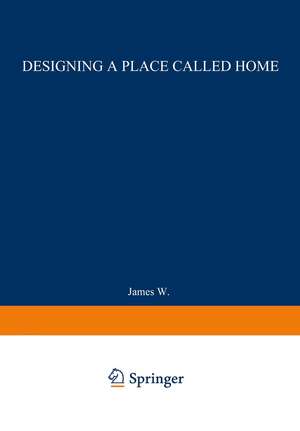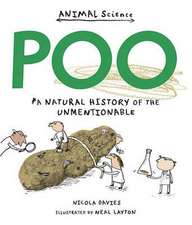Designing a Place Called Home: Reordering the Suburbs
Autor James Wentlingen Limba Engleză Paperback – 16 feb 2012
| Toate formatele și edițiile | Preț | Express |
|---|---|---|
| Paperback (2) | 393.74 lei 6-8 săpt. | |
| Springer Us – 16 feb 2012 | 393.74 lei 6-8 săpt. | |
| Springer International Publishing – 12 iul 2018 | 585.26 lei 6-8 săpt. | |
| Hardback (1) | 953.95 lei 6-8 săpt. | |
| Springer International Publishing – 9 ian 2017 | 953.95 lei 6-8 săpt. |
Preț: 393.74 lei
Nou
Puncte Express: 591
Preț estimativ în valută:
75.34€ • 82.10$ • 63.49£
75.34€ • 82.10$ • 63.49£
Carte tipărită la comandă
Livrare economică 23 aprilie-07 mai
Preluare comenzi: 021 569.72.76
Specificații
ISBN-13: 9781468414202
ISBN-10: 1468414208
Pagini: 312
Ilustrații: XVI, 290 p.
Dimensiuni: 178 x 254 x 16 mm
Greutate: 0.55 kg
Ediția:1995
Editura: Springer Us
Colecția Springer
Locul publicării:New York, NY, United States
ISBN-10: 1468414208
Pagini: 312
Ilustrații: XVI, 290 p.
Dimensiuni: 178 x 254 x 16 mm
Greutate: 0.55 kg
Ediția:1995
Editura: Springer Us
Colecția Springer
Locul publicării:New York, NY, United States
Public țintă
ResearchCuprins
One Housing Yesterday.- Two Housing Today.- Three Community Planning and Design.- Four Siting and Lot Patterns.- Five Floor Plans and Building Image.- Six Interior Details.- Seven Exterior Details.- Eight Multifamily Housing.- Nine Manufactured Housing.- Ten Conclusion: Housing Tomorrow.- Project Credits.- Notes.- Bibliograpy.
Notă biografică
James W. Wentling, FAIA is a practicing architect specializing in residential design. His firm is based in Philadelphia and works with clients throughout the United States.
A graduate of the University of Notre Dame, he has served as chair of the AIA Housing Committee as well as a vice president of a residential council in the Urban Land Institute. He also served as president of Habitat for Humanity, Philadelphia. He has lectured on residential design throughout the United States as well as in Canada, Europe and Asia. His previous books include Housing by Lifestyle, The Component Method of Residential Design and Density by Design."
A graduate of the University of Notre Dame, he has served as chair of the AIA Housing Committee as well as a vice president of a residential council in the Urban Land Institute. He also served as president of Habitat for Humanity, Philadelphia. He has lectured on residential design throughout the United States as well as in Canada, Europe and Asia. His previous books include Housing by Lifestyle, The Component Method of Residential Design and Density by Design."
Textul de pe ultima copertă
This insightful volume shares design ideas to help builders, planners and architects create mass-produced affordable housing that pushes suburban development in more sustainable, liveable directions. The author argues that improving the quality of design in our new homes and communities for greater resiliency, sustainability, and equality, we can build neighborhoods and communities where residents feel more connected t their homes and to one another. Through text, photographs and illustrations, the book reviews prototypical American housing design, then suggest ways to both learn from the past as well as adapt for new environmental imperatives, demographic changes and lifestyle needs. Written by a practicing architect with 25+ years of experience optimizing residential design, this pioneering approach to suburban building will inspire readers to view mass produced housing through a new, modern lens.
Caracteristici
New and updated material focuses on energy efficiency and sustainability of innovative design approaches Provides clear rules and many detailed illustrations to guide readers in improving the design of new homes and communities Features comprehensive coverage of all aspects of residential design – from community planning to interior detailing Includes both “on-the-boards” and completed examples of best practice residential and community designs Includes supplementary material: sn.pub/extras






